Interviews
Interview: ‘Founders Day’ Bloomquist Brothers on their New Social Slasher
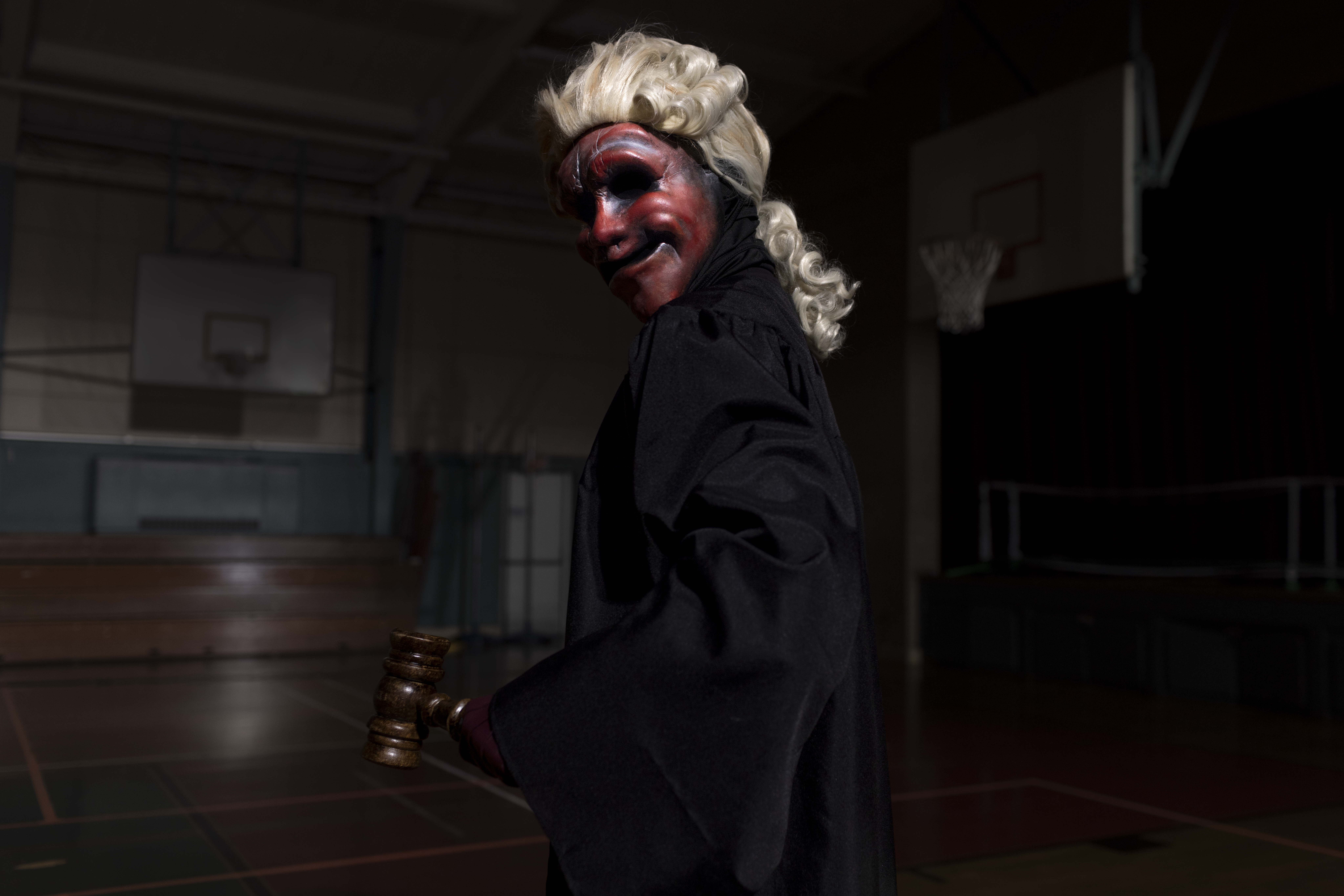
Founders Day is a pitch-perfect 90s-slasher-era inspired political horror comedy. That may seem like a weird and wild concept, but let me tell you, it works (you can read my full review here).
I had the opportunity to sit down with Founders Day director and co-writers, Erik and Carson Bloomquist, to discuss their socio-political slasher, community thrillers, and creating an iconic killer look.
Kelly McNeely: So with Founders Day, what was the conception of the concept for this film?
Carson Bloomquist: Eric and I say we have this very formative love of slasher films that we saw at a young age that really were our gateway into watching all different types of horror, I think, and we wanted it to sort of honor that. We’ve also always had this fascination and love of the idea of a community mystery thriller that feels high stakes in a small town. So it’s something that we’ve worked with and wanted to develop for a long time.
Erik Bloomquist: I think it being a love letter to autumn is a big thing, just in terms of the aesthetic, but also the kind of mischief that you feel. And obviously, I mean, Carson alluded to such films like Scream, which is very formative for us. Oviously, people pick up on connective tissue, or pieces of shared DNA, but we didn’t want to make something that was about movies, or meta referential, or where the killer had a voice necessarily, but we wanted to have that kind of mischief that we felt that when we were watching the first Scream when we were slightly too young for it. So that’s kind of what we wanted to do. The first draft was like over 10 years ago and it was like, those feelings put to paper, and over time it evolved into what it is now.
KM: I can definitely sense the love of the 90s teen horror cycle in Founders Day, and how that’s kind of a big influence. Were there – other than Scream – other inspirations or ideas? Especially in terms of the killer design and the costume with this Sock and Buskin mask, I think it’s very cool.
CM: I’d love to talk about the design, but I’ll mention quickly, another influence that I like to say is Jaws, actually; the first act, like will they or will or will they not open the beaches? What should they do, and the effect that has on Amity as a whole is really interesting. So kind of transferring that into a slasher framework was fun and central to this movie.
Regarding the mask and that whole design, when we were first conceiving this, I don’t think it was anything near what it ended up becoming. There wasn’t initially this political component to the movie, it was more about this town festival. But when it became that, a few things clicked into place. We wanted it to have this sort of aged leather feel; it’s a tragedy mask, so it’s half smiling, half frowning,
EB: But for a long time, we didn’t know what it was. I mean, I think that was also a relatively recent development. Originally in the script, it was dressed in a judge’s robe with simple tactical accessories, but it evolved. I think the mask and the gavel kind of came at the same moment, we were just like, how do we sharpen this, and how do we make it more specific?
CB: Specific, fun, and clearly, like, of what this movie is getting at.
EB: And I really liked that mask because there’s this idea of duality and two sides, and the theatricality of it, if you want to play like the political theater of it all and making statements and things like that.
CB: We wanted to use red as a central color for this, with how striking it is. It’s also political in a way, it gives that sort of edge, so once we kind of landed on the red, we kind of felt like it really became something. It was just very intentional but not gimmicky, something kind of unique to it, and the wig was the final touch. And it also aided in that almost historical undertone through the movie.
EB: I was so happy it worked, because it worked in my head, and then we were putting it together, doing wardrobe fittings for the first time. I was like, oh my god, is this going to work? And then we styled the wig and we teased it out, and we’re like, okay, cool. It gives a nice shape. But there are some funny takes of the wig falling off in certain key moments.
CB: They’re on my phone.
EB: They’ll never see the light of day.
KM: I love – along with the mask to design – the use of the gavel and the different weaponization of those materials. Did that come at the same time as the mask, the planning of those kind of all-terrain fold-out weapons?
EB: It was probably like, five or six months before we shot… we were doing one more pass at it. How do we sharpen what he’s doing? And it just felt very interesting to me, because there were some knife kills and some other kills, but we just wanted it to be something that was specific, but again, not gimmicky. You know what I mean? Like we didn’t want just like a bat with nails in it… but that’s not a knock at Negan.
CB: Listen, there are some really cool weapons out there; I think it’s a fine line to walk between something that feels very scary and iconic in some way, versus something that might feel like it’s from a haunted trail.
EB: It has multiple components; there is the surprise of it all, if people don’t know when they watch the movie – which, you know, many probably will from trailers – that the knife exists, but it allows you to bludgeon first and then you have this other piece of it. And there’s just something about the duality of both –
CB: The unexpected nature of it.
EB: The striking image, and the way that that can travel. I it just felt really correct to us. It’s so cool, I wish we had it with us. But it’s so fun to play with, I think we had one hero and two stunt on set, and I had one hero made since. And they’re just like… it works! It’s really, really cool. I mean, the knife is not sharp –
CB: It’s pretty heavy, too. It would do some damage, for sure.
KM: I appreciate the duality again, it’s the bludgeoning as well as the stabbing, and the comedy as well as the tragedy. You touched on that as well, the theater of politics and the theater of horror. I think that those do go hand in hand, it’s like how comedy and horror are kind of two sides of the same coin. There’s a lot of horror films that have a deeper meaning, that go into socio-political context, and there’s definitely a loaded context in this film. Could you speak on that?
EB: We want this to function as something like that a 12 year old could watch – even though it’s rated R or whatever –
KM: That’s never stopped us before!
EB: That’s when that’s when I watched Scream, you know? See it before you should see it, it’ll be super fun. Thematically – and there are pieces of this that probably, to an extent, if we go too deep might peel back too many layers – but I think ultimately, we just wanted to demonstrate the kind of arbitrariness to some of what happens and how personal politics can can go into this tug of war and kind of infect other people and then how leadership positions can be tainted by that.
CB: We have this political framework, but a lot of it’s used to just explore certain social tendencies. It’s a social thriller, I think, predominantly, with how we’re trying to explore people through that political framework. We don’t want to dive too deeply, but we also want it to be sort of attainable and understandable, and something that someone who’s young could comprehend and kind of see what we’re saying. But then someone who’s seen this kind of stuff before can really have a certain appreciation of.
EB: I’ve seen a couple of things where people are saying that the film never actually takes a side, one candidate or the other, or expands on what their platform is. But I disagree, I think that’s exactly the statement; that there are a lot of empty platitudes and a lot of posturing and buzzwords, and that’s kind of the statement we’re making is that these two people are kind of one of the same for us, because they are. They’re both guilty of what they’re accusing the other of doing, and I think that that’s very fun to play with. That’s why I like their rivalry so much.
KM: That’s kind of a perfect segue into talking about the casting of those two roles, with Amy Hargreaves and Jayce Bartok, they’re fantastic in those roles. How did the casting come together? Did they read together? Or how did that all work?
CB: They didn’t actually, we had Amy attached before – she had done our prior movie with us, not genre related – and we knew in the process of doing that she was going to be just right for this.
EB: Very different part, but we were like, she’s got it.
CB: Yeah, a very, very strong connection to that, and we saw it. And then Jayce was a later addition. We saw a tape of his, and Amy sang his praises.
EB: Amy had worked with him, like years and years ago, and they were friends. And we were looking at this and we talked to her about it. And so they had an existing rapport, and he brought up a little bit more… sniveling comedy to it –
CB: A hateability.
EB: Like, just a weaseliness to it. Which, if he hears that, I hope he knows that I mean that with all the love in the world. It’s so great. And we were like, okay, that’s gonna be a really fun foil, and the fact that they knew each other, and we’re shooting so quickly, and they had this existing trust and rapport, I think just made a lot of sense for us. So that’s, that’s how that landed. And I’m glad it did! They’re a very striking pair.
KM: It’s great that they already had that connection, because it really does read that they’ve been that rivalry for years. What’s the co-writing process like, working with two writers coming together? Did you trade off on the scenes? Did you sit down and do everything completely collaboratively? How was that process for you guys?
CB: It’s both, I think, we’ll waver between sort of, like, oh, I want this scene, let me just take a whack at it. And Erik will want one another. And there’s some we both have to be looking at at the same time. Or I’ll text him an idea, he’ll text me an idea, and we’ll go from there.
Eb: If we’re in the same room, it’s often like a pass-the-laptop back and forth situation. It’s like, you go, yeah I don’t know, what do you think of that?
CB: And then we’ll go from there. But we haven’t really hit an impasse with like, oh no, it has to be this or I am done! We’re not working together! It’s been pretty fortunate that we have that sort of hive mind. But sometimes one of us might have a little bit more conviction about something that the other doesn’t quite see. And then there’s that faith that we can kind of trust each other on those points.
EB: Even little things like there being a scene in the beginning that is somewhat expository, but like necessary and good for some of these characters. You know, Carson will be like, okay, let’s attach some action to this. And it’s like, okay, how do we do that? There’s a bar scene toward the beginning, originally it was like me, Deputy Miller, and Mr. Jackson meeting at the bar. And we just needed to keep the energy up. I love that scene, I love our conversation, but I think that [Carson] wanted a bar fight just to show that unrest in town, and then I was like, okay, if there’s gonna be a bar fight to start that, let’s make it the council people from the meeting earlier on. So we established a community in that way, and then we just kind of built out from there. It was layers of that.
CB: And that has other fanatic relevancy later. Interweaving those other characters in town – and in other pockets – I think allows you to feel the grander tapestry of Fairwood.
EB: It was important to both of us that – even if people didn’t have extended scene work with each other – that it felt like everybody either knew or knew of each other in town, and had an opinion about each other. So even if somebody’s walking through a scene, you’ve seen them before, if they have one line. These people that were in the town meeting earlier, now they’re in the bar for a line, and you see them in the background of Founders Day, so that there’s just this real community feel to the whole thing. So we tried to structure that with the number of characters that we had. The town itself is a character in the whole thing.
CB: This extends into editing too, where there are certain scenes that we have written out somewhere and then looking at it, we’re like, oh, maybe we can rewrite this a little bit, or maybe we can truncate it. And that’s in the editing, because you know in that process you need to make adjustments to make it all click into place a little bit more. So it’s all part of the process, and it’s good that I think we wear both hats, because we try to write anticipating the next steps with production and editing, and then we try to produce it with editing in mind.
EB: The editing is like the last draft of the script. I think we either reorder or cut up certain scenes, or intercut scenes that weren’t originally intercut. It’s cool, but you can only do that in the edit.
KM: The role that [Erik] plays in the film, Oliver, was that always intended? Was that written with you in mind? Or were you just like, you know what, I want to do this one?
EB: I’ll often be in stuff that I direct. Acting is my roots and background, but it only if it serves the story, and the infrastructure allows. Sometimes I feel like I can direct from within the scene just by setting a tone or doing things a certain way that sets a baseline that people can react to. So this one was kind of in tandem with the police deputy role, played by Adam Weppler – he’s in a lot of our stuff – and so we kind of liked the idea of having a bridge between the the high school ensemble and the full adult ensemble, that were like the the young adults in the town that are tying those two together, and what it is to stay in a community after that and be in that period of transition between high school and adulthood in a small town. And just being able to represent a more neutral workhorse kind of thing, like me at the town hall and [Adam] at the police station, just to have another –
CB: And just sort of keeping the wheels of the town going. There’s something interesting about that that I think makes sense.
KM: You mentioned that you usually act as well as direct – and write – do you sometimes wish you could take a further step back as a director, or do you find it makes it a lot easier to direct from within?
EB: I largely really like it. From the acting perspective, it can be really freeing to get into it. I’ll watch playback, but Carson’s right there. We’re working very closely, and Carson is watching me for my little isms that he knows I don’t want in my coverage, and just keeping an eye on the shape of the scene. So I have trust there. And I can kind of just – I guess from experience – balance it out performance wise and give notes afterwards, I can kind of wear both hats at the same time. So often it works. When there are questions, or it’s highly technical, I’ll step out and review, but I really do trust the people around me. Carson and cinematographer, and everybody in their departments to really get it. And a lot of that is just from having clarity of vision from the jump.
KM: With Founders Day, I really love the themes of that small town, that community; feeling trapped within it, but also trying to make changes to it. I feel like that, again, is kind of a loaded context on a bigger scale as well. Can you talk a little bit about building that community in the film, and the not-so-subtle layers of the onion underneath?
CB: I like to sort of articulate it as a microcosm of things happening on a wider scale that we want to explore. I think doing the small town local politics level thing allows us to examine things in an intimate way that maybe allows us to see things in a grander way. And that’s what we like to do.
EB: Magnify.
CB: Magnified, yeah. Generally, we have witnessed sort of these isms – politically – in all different pockets and sizes of government, and we see the lawn signs all the time, and the repetition of it. But we also have this strange fondness of that time of year. It’s almost like a blanket where you’re like, here it comes again, it’s October-November season, let’s gear up for it. We mix that sort of thematic exploration with that formative cup of autumn comfort in a way that feels right to us. And we grew up in a small town, we use things from that and we use things from other people we know in their experiences too, to try to create a unique – but familiar – kind of space and town that you might feel like you know, even if it’s just like all these strange characters. Everybody maybe is hiding a little bit more than you might imagine would happen in real life, but I think that allows you to kind of see things for what they are in some way, and also just have fun with it at the same time.
EB: It’s satire.
CB: It’s a satire, right, and it’s fun to crank up the notch a little bit. It gives you this ride to go on and kind of magnifies these tendencies that you realize, but maybe don’t articulate all the time.
KM: With horror as a genre, I feel like there’s a lot in particular sub genres – particular themes – that we explore in horror that act as a reflection of what’s going on socially. And I’m kind of curious what you guys think about what the next big themes in horror are gonna be. There’s comments about how vampire movies are big at certain times, and zombie movies are big at certain times. And it’s kind of curious what you think is next.
EB: There seems to be a slasher wave right now. So I’m glad that we’re where we are.
CB: And it feels timely, I think, talking about this movie. I like to say the Founder – and what we’re doing – he’s a disrupter to the situation as it is right now, which is very interesting to perceive it that way. But I think that’s what the slasher has the power to do in regards to like, where this might go…
EB: I think there’ll be more legacy sequels. I think there will be more genre mashups like there have been –
CB: Hybrids from this movie, but it’s this!
EB: Which I think is cool. I’m really excited for They Follow.
CB: It feels almost a little bit vague, right? Because I think we’re in this place where a lot of things have been tried. It’s almost like the legacy sequel/requel thing; a sequel or a remake or whatever that will honor the first film, but make a direct sequel to it. And we’ve seen so many of those too, though, to the point where I wonder like, what new thing could get announced where you’d get like, “holy, they’re doing one of those!?”. I don’t know how much is left where you could have that impact.
EB: Elm Street with Robert England?
CB: Maybe that. But it’s limited now. I think it’s sort of like the pendulum swinging into in some ways original, really interesting high concept things. But I also like to think that fun won’t be lost as part of this. And that’s important to us. We’re harkening back in many ways to an era of slasher movies and fun, from a couple of decades ago that is completely valid and deserves a place to be seen. I think it’s funny, where you have these waves, what’s the word? Elevated horror?
EB: We’re not going to use that.
CB: Right, but it is a term that’s used. I think it’s better to embrace horror itself, I don’t think you necessarily need that term for all the fun that it can have. So I think, fun and current.
EB: More Creepy Pasta stuff.
CB: Yeah, there might be more internet based stuff.
EB: Or even something that takes tech into account. AI is a thing, there’ll probably be some TikTok horror movies.
KM: I think it’s interesting how like in the 2000s, we had that resurgence of remakes, and then the 2010s they kind of kept doing that into sequels, and now we’re into the requel thing. So what’s coming after that.
EB: Do you remember the era of like, the Platinum Dunes remakes? Like I thought those were fun. I don’t know, there was something about them, they’re just like… Michael Bay horror movies.
KM: Yeah, like the 2009 Friday the 13th and the 2013 Texas Chainsaw Massacre, those are great.
EB: I agree with you. We have the box set for Friday the 13th and we watched all of them for the first time. The remake’s really good!
CB: If you didn’t call it a remake, and it was just one of the sequels in there, it’d be one of the favorite sequels. But I think there’s this idea that it’s a remake.
KM: It’s more fun than it has any right to be.
EB: I will say, for anyone reading this, just the general plug; I think indie film is getting harder and harder just in terms of the viewing habits of people and desire to engage early with content
CB: How fleeting attention spans are with content…
EB: If you have interest in seeing this, or something like it, I think early and vocal support is very meaningful and monumental for stuff like this, because that is what things rely on. I think it takes a lot more to get somebody to decide to press play on something now. So for whatever it’s worth, I think if you’re drawn to something, give it a go early and tell your friends if you like it.
Founders Day played as part of the Toronto After Dark Film Festival. Click here to read the full review.
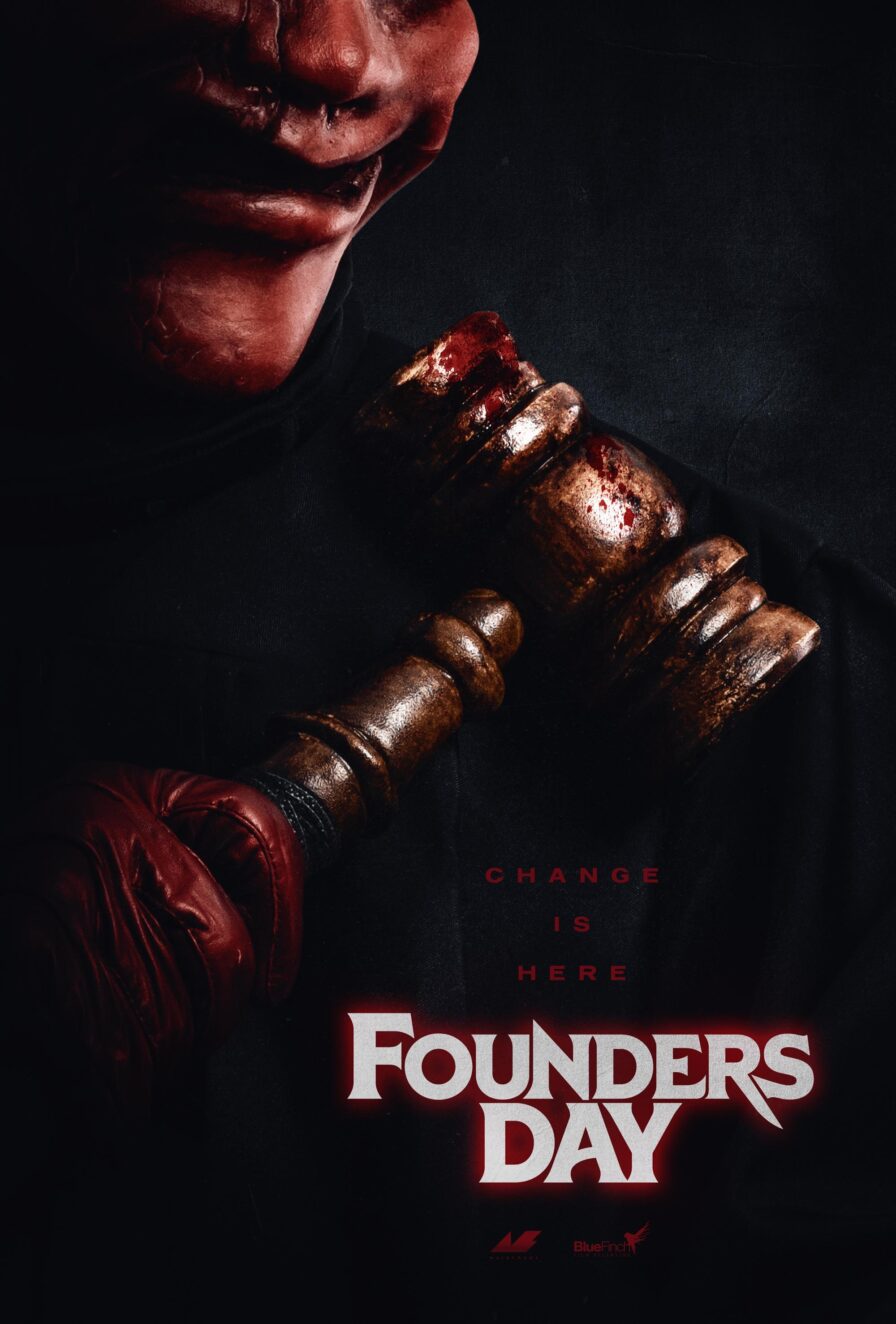
'Civil War' Review: Is It Worth Watching?
Follow our new YouTube channel "Mysteries and Movies" here.

Interviews
Tara Lee Talks About New VR Horror “The Faceless Lady” [Interview]

The first ever scripted VR series is finally upon us. The Faceless Lady is the newest horror series brought to us by Crypt TV, ShinAwiL, and the master of gore himself, Eli Roth (Cabin Fever). The Faceless Lady aims to revolutionize the world of entertainment as we know it.
The Faceless Lady is a modern take on a piece of classic Irish folklore. The series is a brutal and bloody ride centered on the power of love. Or rather, the curse of love may be a more appropriate depiction of this psychological thriller. You can read the synopsis below.
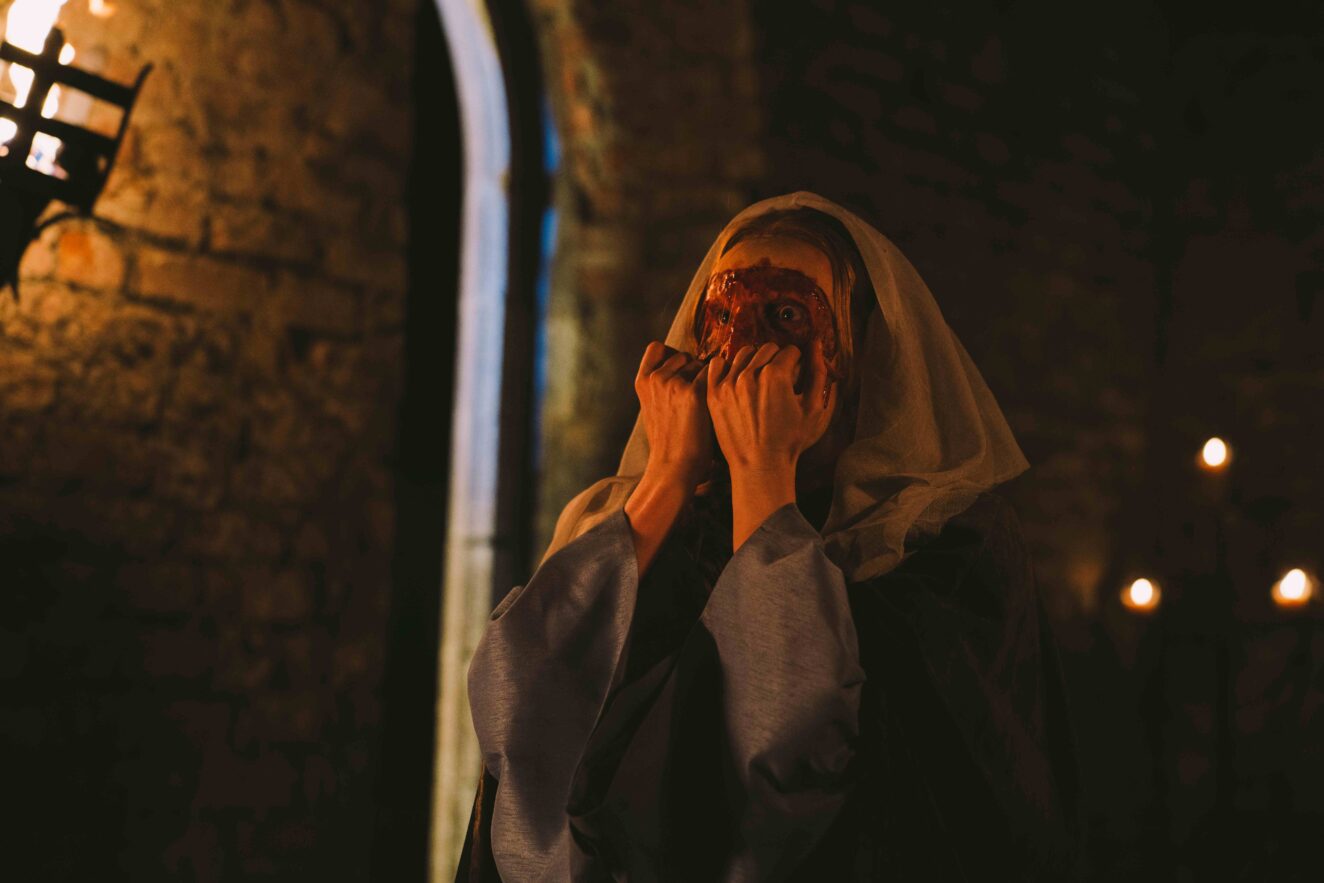
“Step inside Kilolc castle, a magnificent stone fortress deep in the Irish countryside and home to the infamous ’Faceless Lady’, a tragic spirit doomed to walk the crumbling manor for eternity. But her story is far from over, as three young couples are about to discover. Drawn to the castle by its mysterious owner, they have come to compete in historic Games. The winner shall inherit Kilolc Castle, and all that lies within it… both the living, and the dead.“

The Faceless Lady premiered on April 4th and will consist of six terrifying 3d episodes. Horror fans can head over to Meta Quest TV to watch the episodes in VR or Crypt TV’s Facebook page to view the first two episodes in standard format. We were lucky enough to sit down with the up and coming scream queen Tara Lee (The Cellar) to discuss the show.
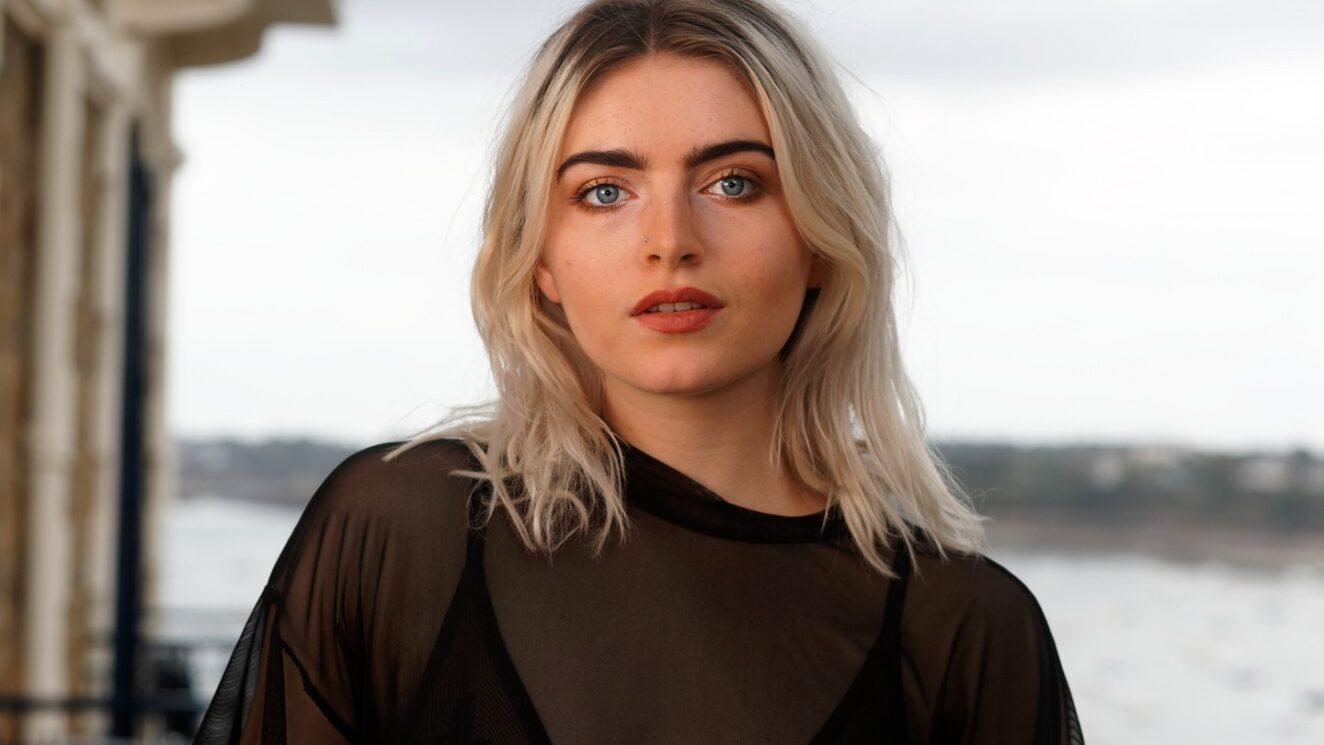
iHorror: What’s it like creating the first ever scripted VR show?
Tara: It’s an honor. The cast and crew, the whole time, just felt like we were part of something really special. It was such a bonding experience to get to do that and to know that you were the first people doing it.
The team behind it has so much history and so much fantastic work to back them up, so you know you can rely on them. But it’s like going into uncharted territory with them. That felt really exciting.
It was really ambitious. We didn’t have a ton of time… you really have to roll with the punches.
Do you think this is going to become the new version of entertainment?
I think it’s definitely going to become a new version [of entertainment]. If we can have as many different ways of watching or experiencing a Television series as possible, then fantastic. Do I think it’s going to take over and eradicate watching things in 2d, probably not. But I think it’s giving people the option to experience something and be immersed in something.
It really works, in particular, for genres like horror… where you want thing to be coming at you. But I think this definitely is the future and I can see more things like this being made.
Was bringing a piece of Irish folklore to the screen Important to you? Were you familiar with the story already?
I had heard this story as a kid. There is something about when you leave the place that you are from, you suddenly become so proud of it. I think the opportunity to do an American series in Ireland … to get to tell a story I heard as a child growing up there, I just felt really proud.
Irish folklore is famous all over the world because Ireland is such a fairytale country. To get to tell that in genre, with such a cool creative team, it makes me proud.
Is horror a favorite genre of yours? Could we expect to see you in more of these roles?
I have an interesting history with horror. When I was a kid [my dad] forced me to watch Stephen Kings IT at the age of seven and it traumatized me. I was like that’s it, I don’t watch horror movies, I don’t do horror, that’s just not me.
Through shooting horror movies, I was forced to watch them … When I choose to watch these [films], these are such an incredible genre. I would say these are, hand on heart, one of my favorite genres. And one of my favorite genres to shoot as well because they are so much fun.
You did an interview with Red Carpet where you stated there is “No heart in Hollywood.”
You’ve done your research, I love it.
You have also stated that you prefer indie films because that is where you find the heart. Is that still the case?
I would say 98% of the time, yes. I do love indie movies; my heart is in indie movies. Now does that mean if I was offered a superhero role that I would turn it down? Absolutely not, please cast me as a superhero.
There are some Hollywood movies that I absolutely adore, but there is something so romantic to me about getting an indie film made. Because it is so hard… it is normally a labor of love for the directors and the writers. Knowing all that goes into it makes me feel a little bit different about them.
Audiences can catch Tara Lee in The Faceless Lady now on Meta Quest and Crypt TV’s Facebook page. Make sure to check out the trailer below.
'Civil War' Review: Is It Worth Watching?
Follow our new YouTube channel "Mysteries and Movies" here.
Interviews
[Interview] Director & Writer Bo Mirhosseni and Star Jackie Cruz Discuss – ‘History of Evil.’
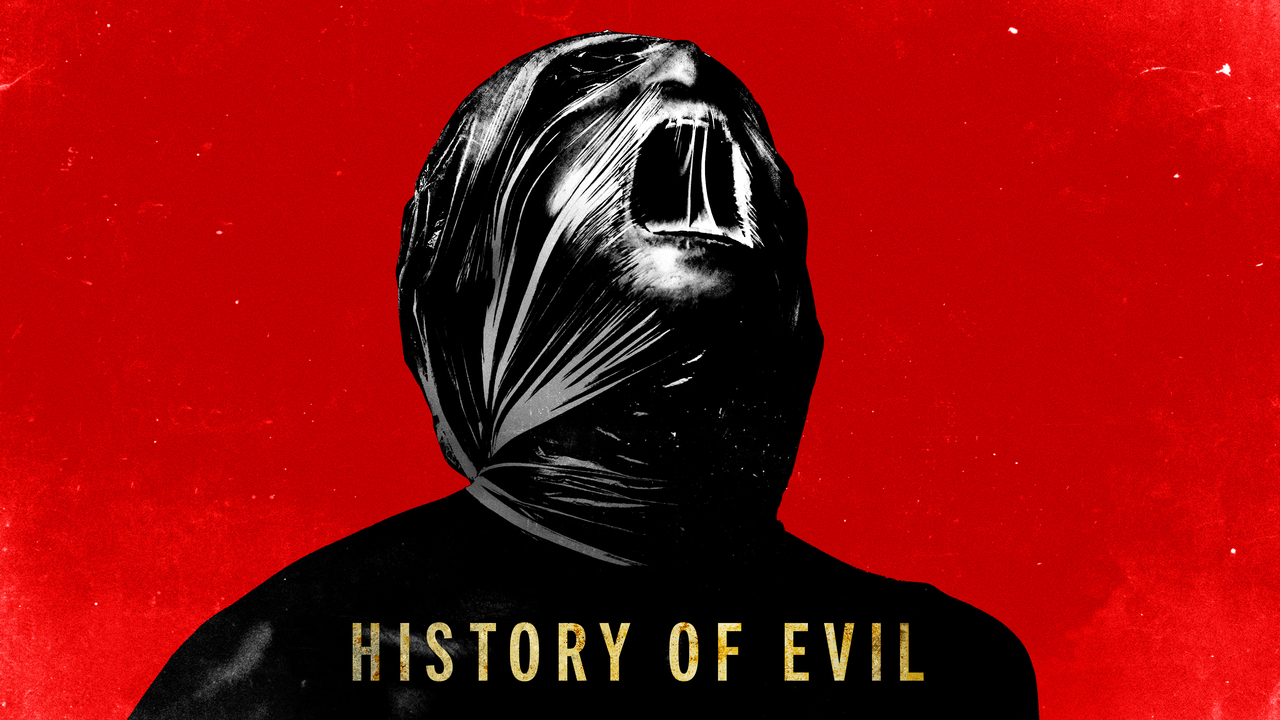
Shudder’s History of Evil unfolds as a supernatural horror thriller filled with eerie atmospheres and a chilling vibe. Set in the not-so-distant future, the film features Paul Wesley and Jackie Cruz in leading roles.
Mirhosseni is a seasoned director with a portfolio brimming with music videos he’s helmed for notable artists such as Mac Miller, Disclosure, and Kehlani. Given his impressive debut with History of Evil, I anticipate that his subsequent films, particularly if they delve into the horror genre, will be equally, if not more compelling. Explore History of Evil on Shudder and consider adding it to your watchlist for a bone-chilling thriller experience.
Synopsis: War and corruption plague America and turn it into a police state. A resistance member, Alegre Dyer, breaks out of political prison and reunites with her husband and daughter. The family, on the run, takes refuge in a safe house with an evil past.
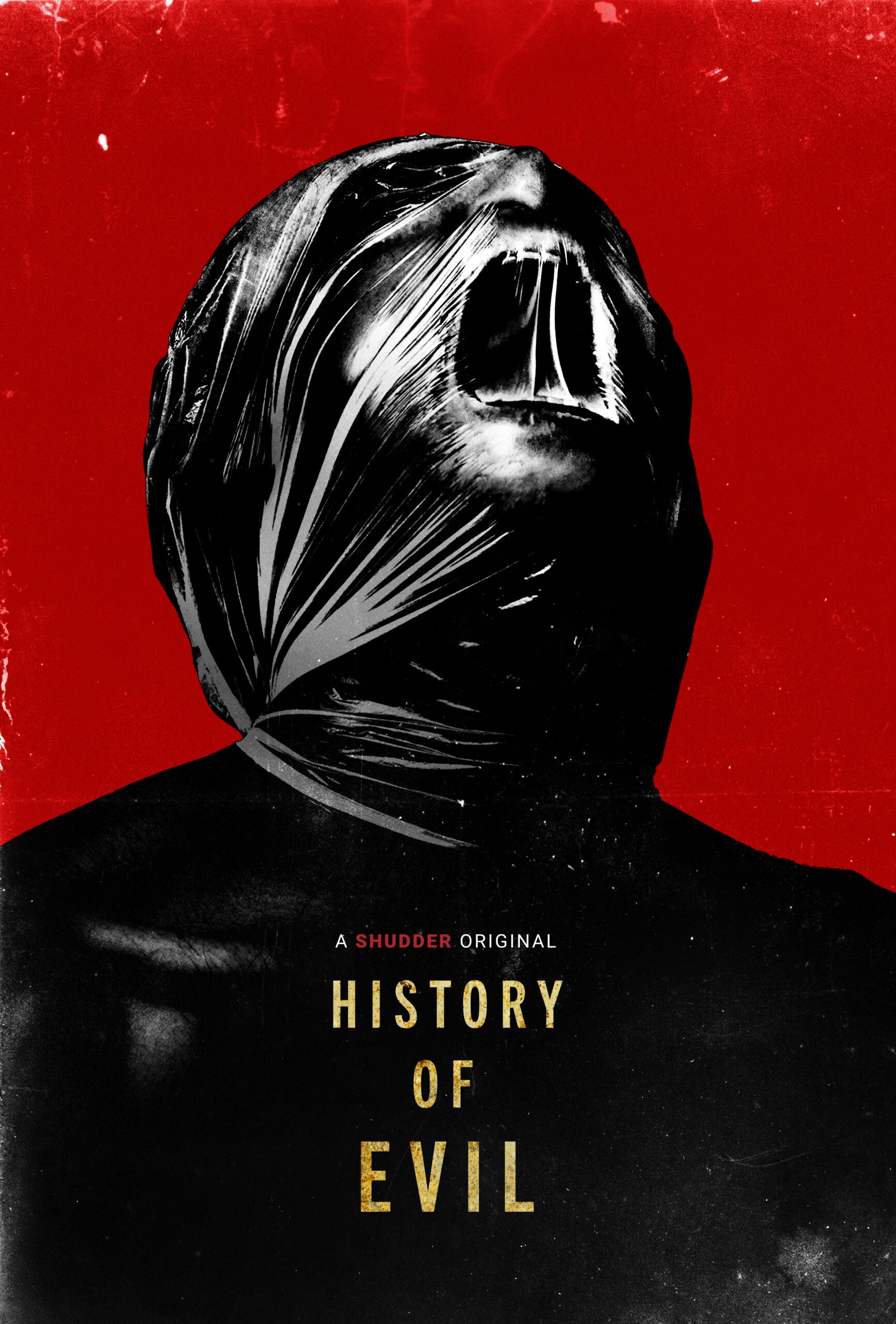
Writer & Director: Bo Mirhosseni
Cast: Paul Wesley, Jackie Cruz, Murphee Bloom, Rhonda Johnsson Dents
Genre: Horror
Language: English
Runtime: 98 min
About Shudder
AMC Networks’ Shudder is a premium streaming video service, super-serving members with the best selection in genre entertainment, covering horror, thrillers and the supernatural. Shudder’s expanding library of film, TV series, and Original Content is available on most streaming devices in the US, Canada, the UK, Ireland, Australia and New Zealand. Over the last few years, Shudder has introduced audiences to groundbreaking and critically acclaimed films including Rob Savage’s HOST, Jayro Bustamante’s LA LLORONA, Phil Tippett’s MAD GOD, Coralie Fargeat’s REVENGE, Joko Anwar’s SATAN’S SLAVES, Josh Ruben’s SCARE ME, Kyle Edward Ball’s SKINAMARINK, Christian Tafdrup’s SPEAK NO EVIL, Chloe Okuno’s WATCHER, Demián Rugna‘s WHEN EVIL LURKS, and the latest in the V/H/S film anthology franchise, as well as the fan favorite TV series THE BOULET BROTHERS’ DRAGULA, Greg Nicotero’s CREEPSHOW, and THE LAST DRIVE-IN WITH JOE BOB BRIGGS
'Civil War' Review: Is It Worth Watching?
Follow our new YouTube channel "Mysteries and Movies" here.
Interviews
‘MONOLITH’ Director Matt Vesely on Crafting the Sci-Fi Thriller – Out on Prime Video Today [Interview]
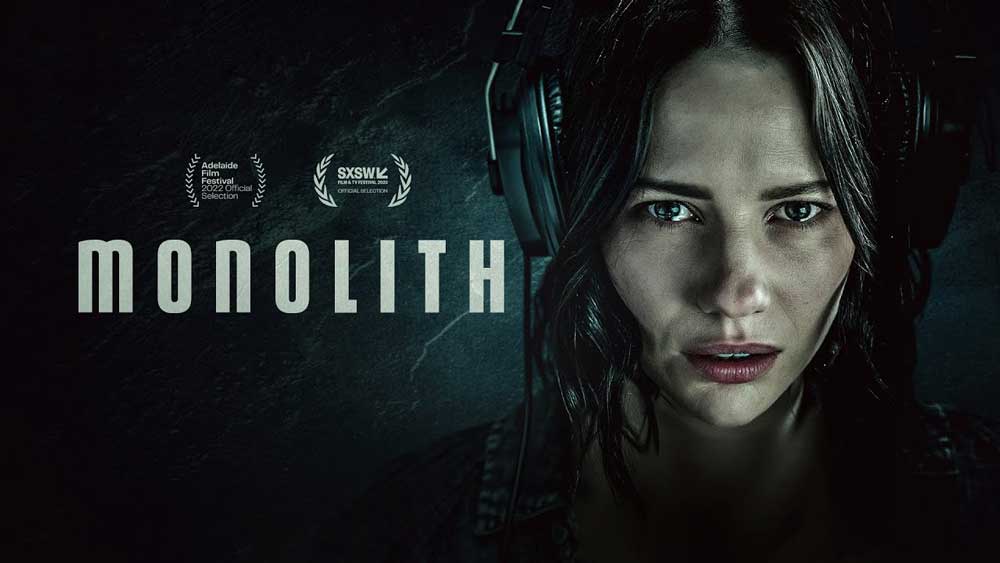
MONOLITH, the new sci-fi thriller starring Lily Sullivan (Evil Dead Rise) is set to hit theatres and VOD on February 16th! Written by Lucy Campbell, and directed by Matt Vesely, the film was shot in one location, and stars only one person. Lily Sullivan. This basically puts the entire film on her back, but after Evil Dead Rise, I think she’s up to the task!
Recently, we had the chance to chat with Matt Vesely about directing the film, and the challenges behind its creation! Read our interview after the trailer below:
iHorror: Matt, thanks for your time! We wanted to chat about your new film, MONOLITH. What can you tell us, without spoiling too much?
Matt Vesely: MONOLITH is a science-fiction thriller about a podcaster, a disgraced journalist who worked for a big news outlet and has recently had a job taken away from her when she acted unethically. So, she’s retreated to her parent’s home and started this kind of clickbaity, mystery podcast to try and claw her way back to some credibility. She receives a strange email, an anonymous email, that just gives her a phone number and a woman’s name and says, the black brick.
She ends up in this strange rabbit hole, finding about these weird, alien artifacts that are appearing around the world and starts to lose herself in this possibly true, alien invasion story. I guess the hook of the film is that there’s only one actor on screen. Lily Sullivan. It’s all told through her perspective, through her speaking to people on the phone, lots of interviews holed up in this palatial, modern home in the beautiful Adelaide Hills. It’s kind of a creepy, one person, X-Files episode.
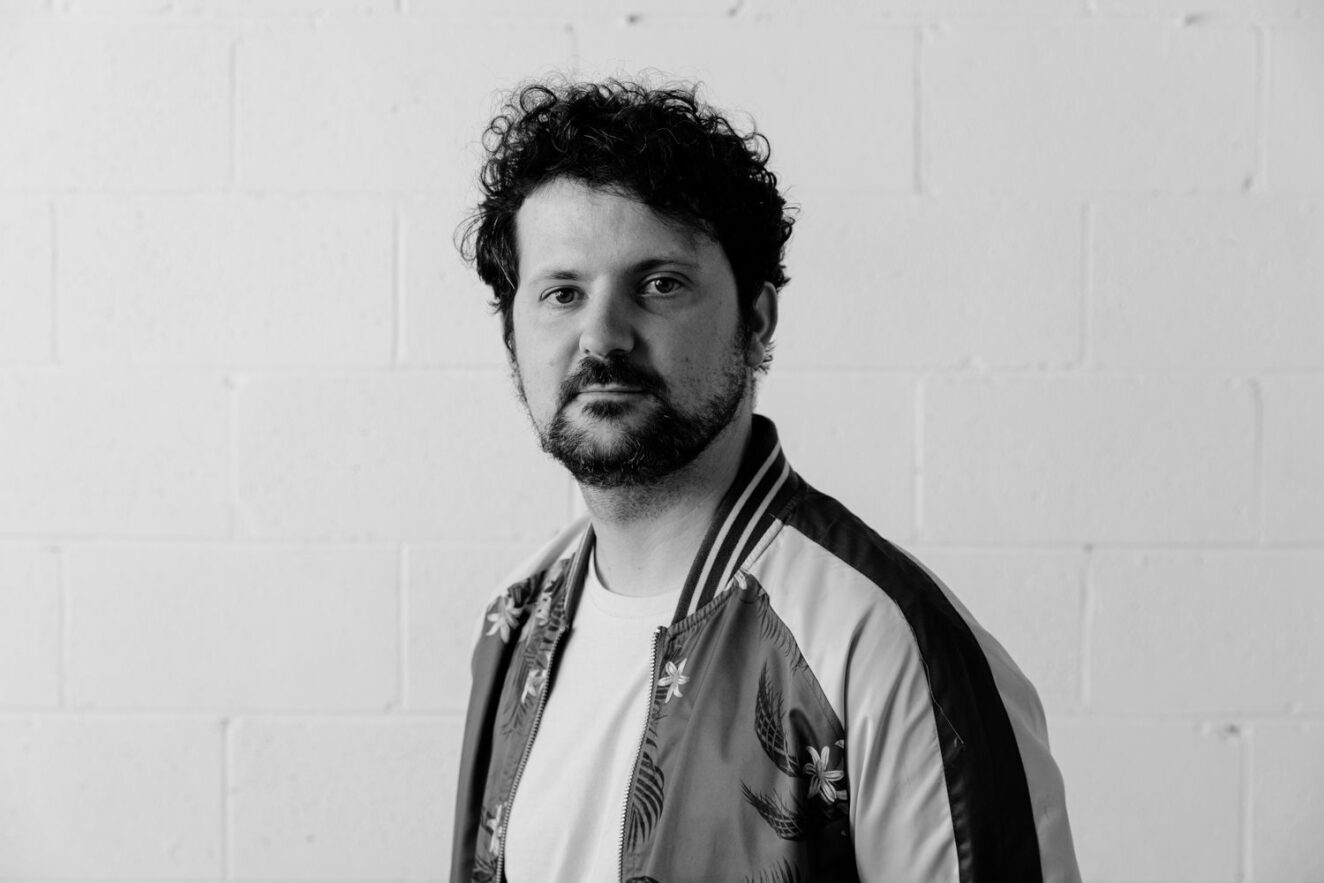
What was it like working with Lily Sullivan?
She’s brilliant! She’d just come off of Evil Dead. It hadn’t come out yet, but they had shot it. She brought a lot of that physical energy from Evil Dead to our film, even though it’s very contained. She likes to work from within her body, and generate real adrenaline. Even before she does a scene, she’ll do pushups before the shot to try and build up the adrenaline. It’s really fun and interesting to watch. She’s just super down to earth. We didn’t audition her because we knew her work. She’s extremely talented, and has an amazing voice, which is great for a podcaster. We just talked to her on Zoom to see if she would be up for making a smaller film. She’s like one of our mates now.
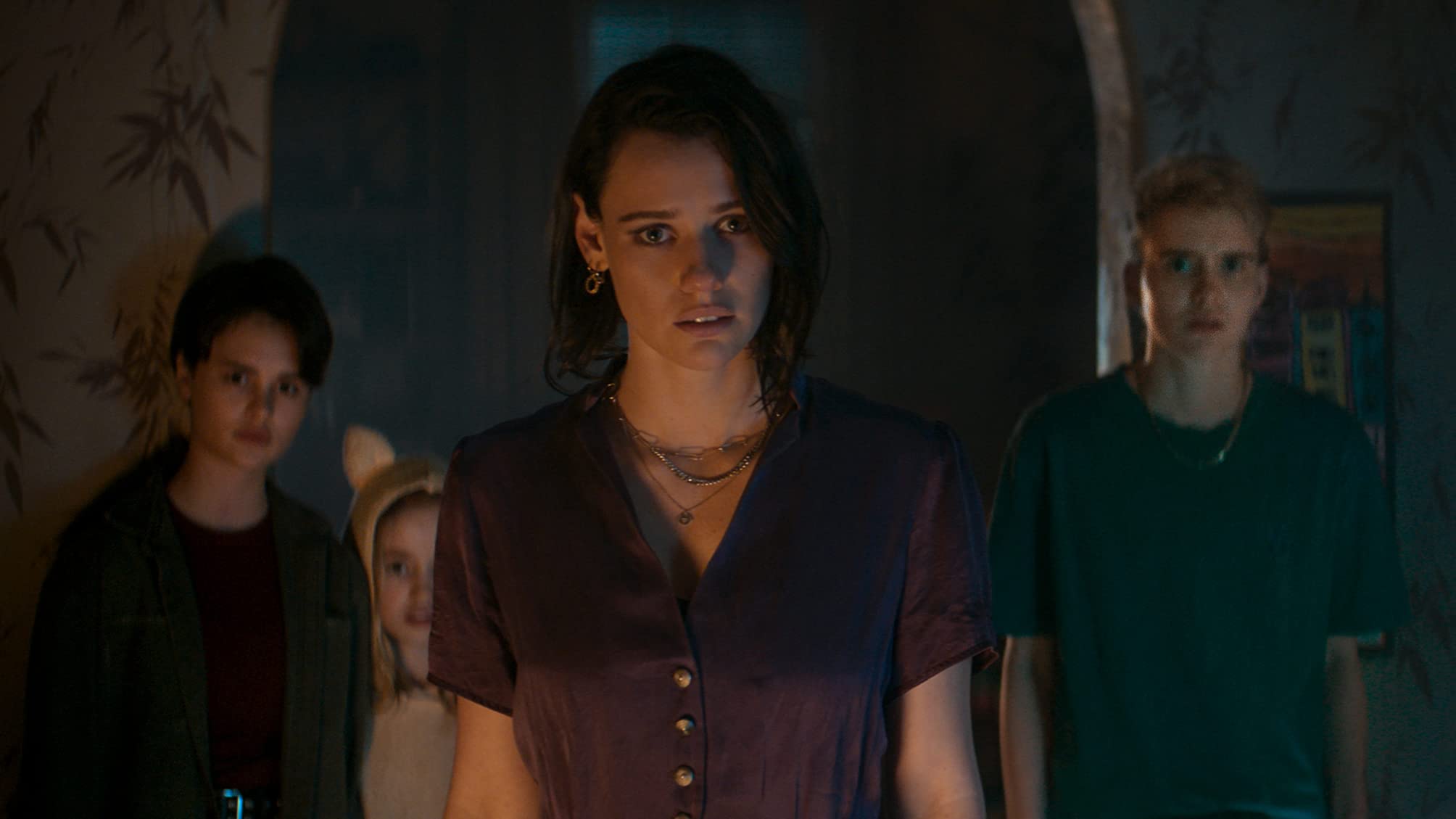
What was it like making a film that’s so contained?
In some ways, it’s quite freeing. Obviously, it’s a challenge to work out ways to make it thrilling and make it change and grow throughout the film. The cinematographer, Mike Tessari and I, we broke the film into clear chapters and had really clear visual rules. Like in the opening of the film, it has no picture for three or four minutes. It’s just black, then we see Lily. There’s clear rules, so you feel the space, and the visual language of the film growing and changing to make it feel like you’re going on this cinematic ride, as well as an intellectual audio ride.
So, there’s lots of challenges like that. In other ways, it’s my first feature, one actor, one location, you’re really focused. You don’t have to spread yourself too thin. It’s a really contained way to work. Every choice is about how to make that one person seem on screen. In some ways, it’s a dream. You’re just being creative, you’re never just fighting to get the film made, it’s purely creative.
So, in some ways, it was almost a benefit rather than a drawback?
Exactly, and that was always the theory of the film. The film was developed through a Film Lab process here in South Australia called The Film Lab New Voices Program. The idea was we went in as a team, we went in with the writer Lucy Campbell and producer Bettina Hamilton, and we went into this lab for a year and you develop a script from the ground up for a fixed budget. If you’re successful, you get the money to go make that film. So, the idea was always to come up with something that would feed that budget, and almost be better for it.
If you could say one thing about the film, something you wanted people to know, what would it be?
It’s a really exciting way to watch a sci-fi mystery, and the fact that it’s Lily Sullivan, and she’s just a brilliant, charismatic force on the screen. You’ll love spending 90 minutes sort of losing your mind with her, I think. The other thing is that it really escalates. It feels very contained, and it has a kind of slow burn, but it goes somewhere. Stick with it.
With this being your first feature, tell us a little about yourself. Where are you from, what are your plans?
I’m from Adelaide, South Australia. It’s probably the size of Phoenix, that size of a city. We’re about an hour flight west of Melbourne. I’ve been working here for a while. I’ve worked mostly in script development for television, for the last like 19 years. I’ve always loved sci-fi and horror. Alien is my favorite movie of all time.
I’ve made a number of shorts, and they are sci-fi shorts, but they’re more comedy. This was an opportunity to get into scarier stuff. I realized doing it that it’s all I really care about. It was kind of like coming home. It felt paradoxically so much more fun trying to be scary than trying to be funny, which is painful and miserable. You can be bolder and stranger, and just go for it in horror. I absolutely loved it.
So, we’re just developing more stuff. At the moment the team is developing another, kind of, cosmic horror that’s in its early days. I just finished up on a script for a dark Lovecraftian horror film. It’s writing time at the moment, and hopefully getting onto the next film. I still work in TV. I’ve been writing pilots and stuff. It’s the ongoing grind of the industry, but hopefully we’ll be back really soon with another film from the Monolith team. We’ll get Lily back in, the whole crew.
Awesome. We really appreciate your time, Matt. We’ll definitely be keeping an eye out for you and your future endeavors!
You can check out Monolith in theaters and on Prime Video February 16th! Courtesy of Well Go USA!
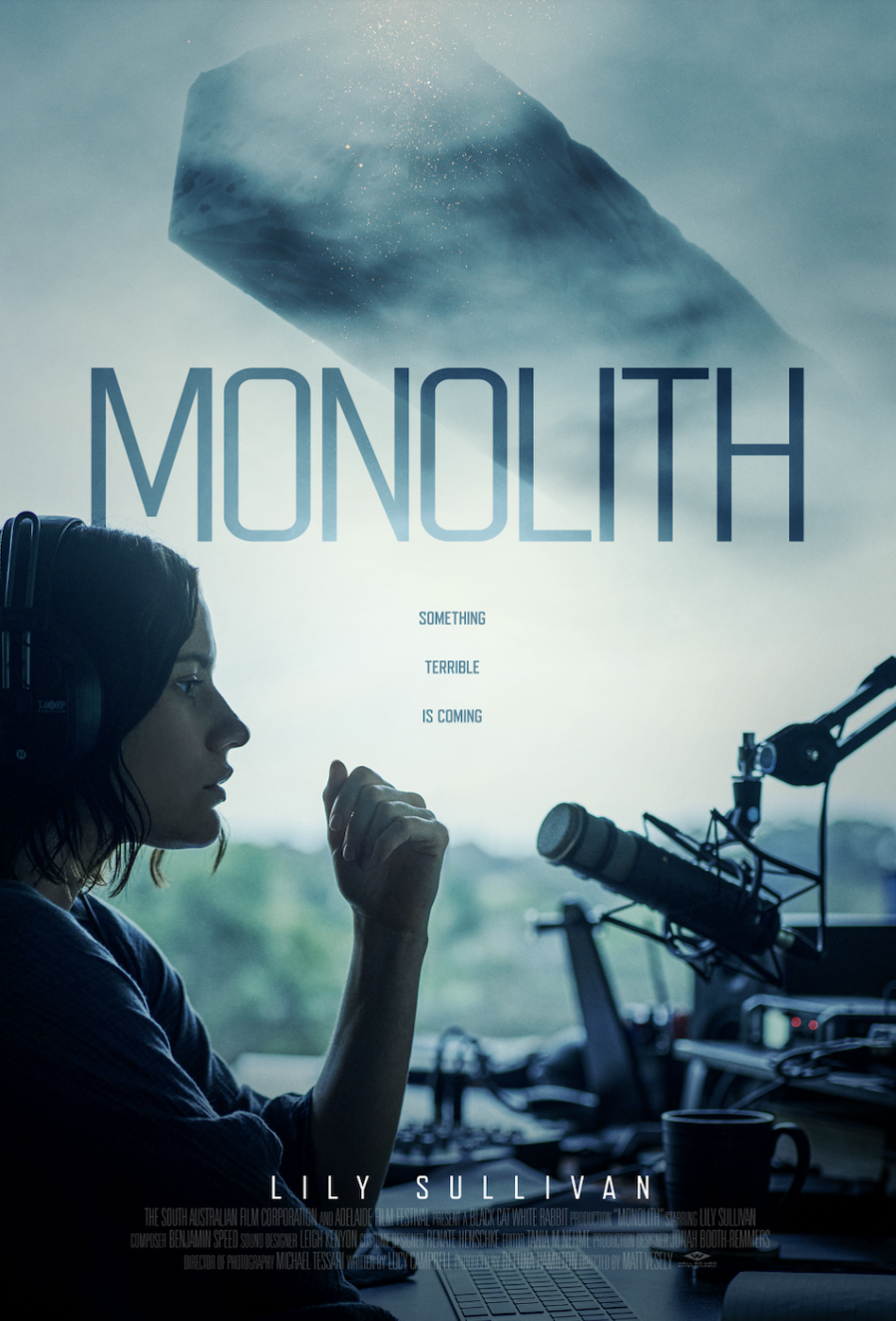
'Civil War' Review: Is It Worth Watching?
Follow our new YouTube channel "Mysteries and Movies" here.
-

 News6 days ago
News6 days agoOriginal Blair Witch Cast Ask Lionsgate for Retroactive Residuals in Light of New Film
-
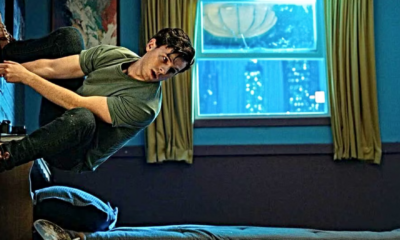
 Movies7 days ago
Movies7 days agoSpider-Man With a Cronenberg Twist in This Fan-Made Short
-
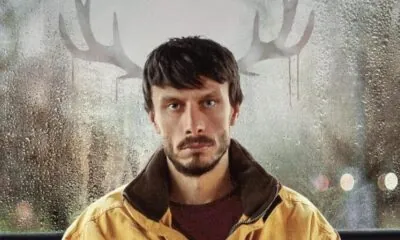
 News4 days ago
News4 days agoPerhaps the Scariest, Most Disturbing Series of The Year
-
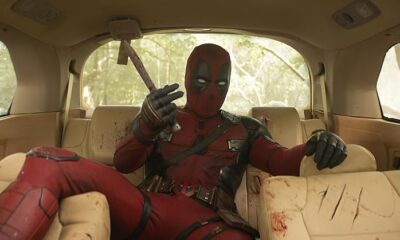
 Movies5 days ago
Movies5 days agoNew F-Bomb Laden ‘Deadpool & Wolverine’ Trailer: Bloody Buddy Movie
-

 News5 days ago
News5 days agoRussell Crowe To Star in Another Exorcism Movie & It’s Not a Sequel
-
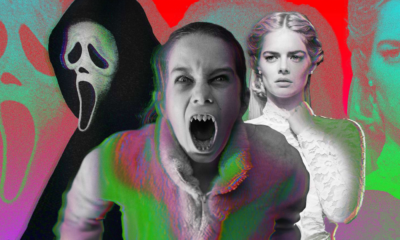
 Lists4 days ago
Lists4 days agoThrills and Chills: Ranking ‘Radio Silence’ Films from Bloody Brilliant to Just Bloody
-

 Movies5 days ago
Movies5 days ago‘Founders Day’ Finally Getting a Digital Release
-
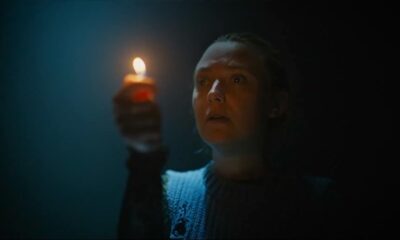
 Movies5 days ago
Movies5 days agoNew ‘The Watchers’ Trailer Adds More to the Mystery
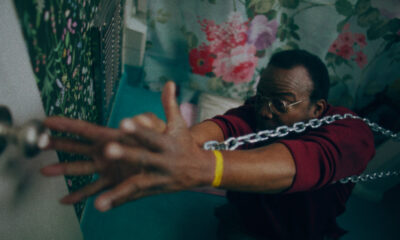

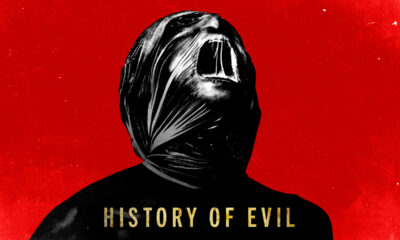

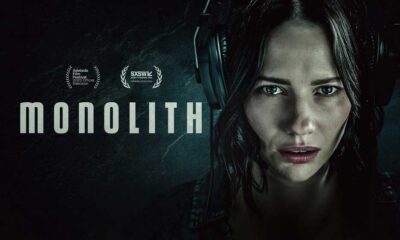
























You must be logged in to post a comment Login